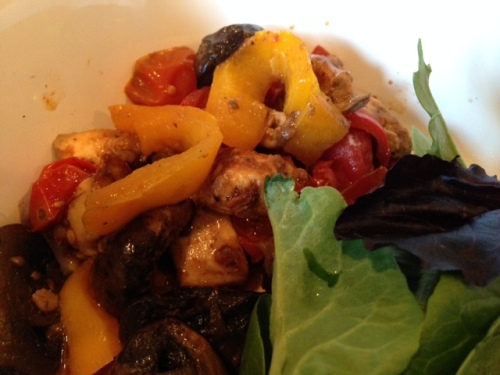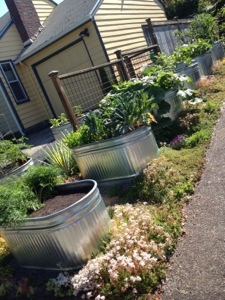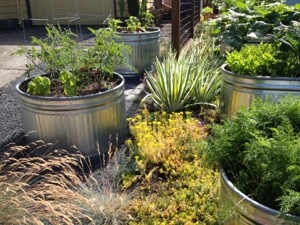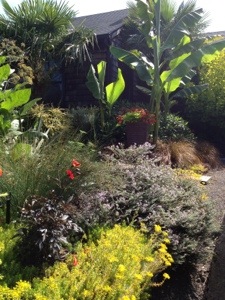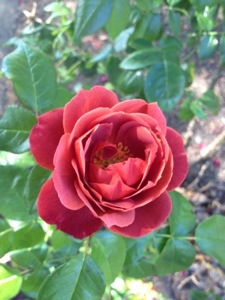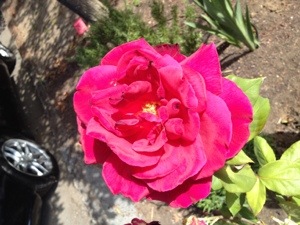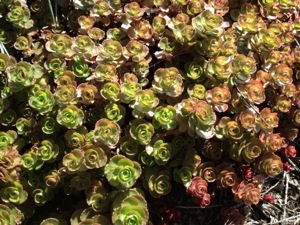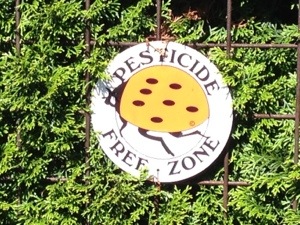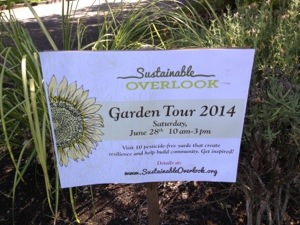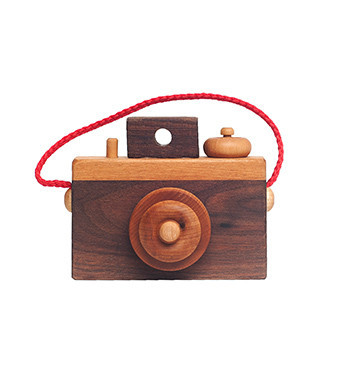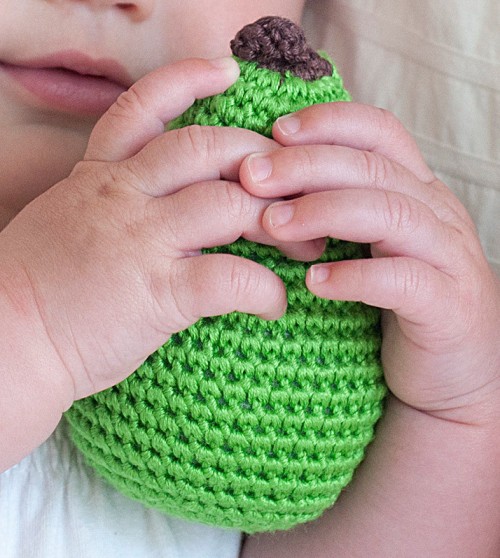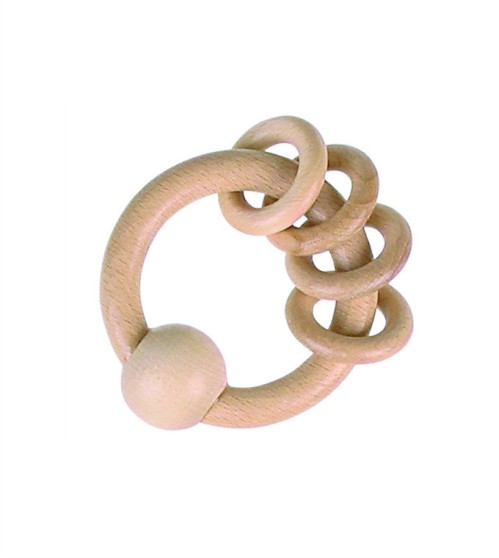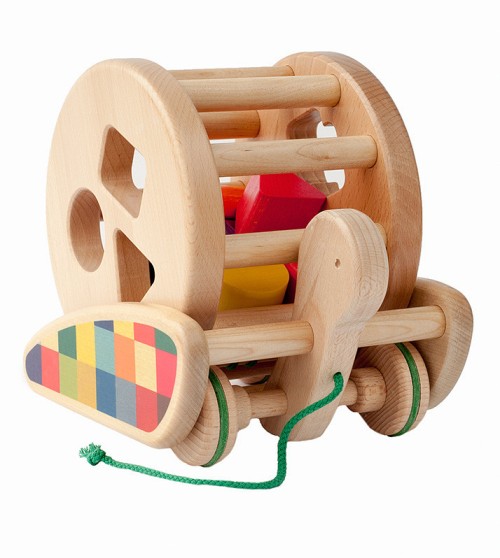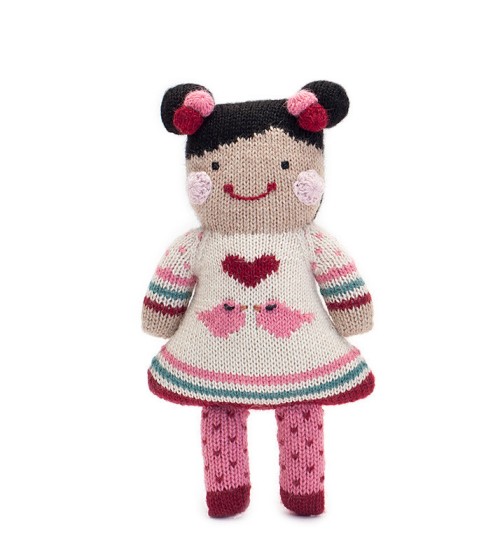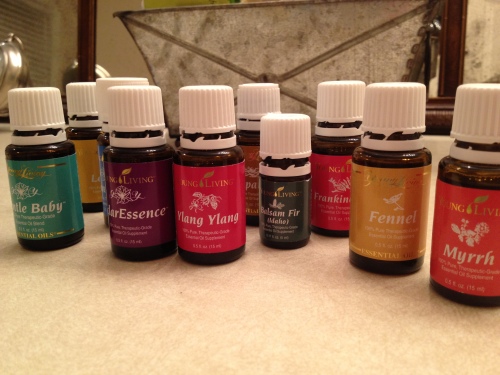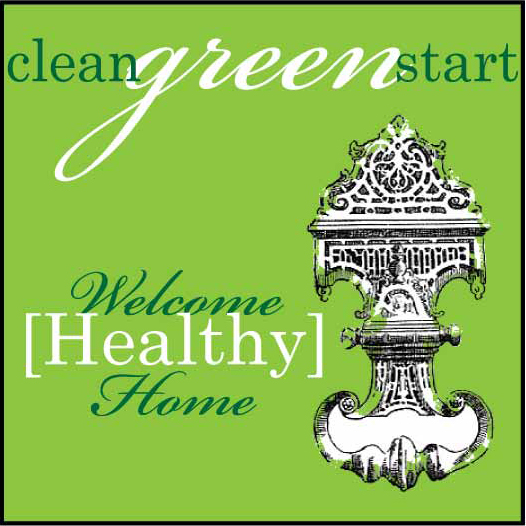The Bathtub
I like to think of my toxic load as a bathtub: water (toxins in this analogy) are flowing in at the tap, and flowing out at the drain. If the drain is plugged, the bathtub gets fuller. If the tap is turned up very high, the bathtub may be getting fuller even if the drain is working. In terms of the toxins stored in our “toxic bathtub” the goal would be to turn down the faucet as low as possible, and to make sure the drain is wide open and draining faster than the water coming in. If this is accomplished, eventually the bathtub will empty and only the daily toxins coming in will flow right on through.

photo credit: celebrategreatermound.com
Toxins Coming In
We live in a toxic world, and it’s pretty hard to completely escape modern day toxins. Even if we could, our own metabolic processes in our bodies create toxins to be expelled daily. If we weren’t detoxing all. the. time. we would die. Like, within a day.
Nonetheless, it seems prudent to avoid the toxins of:
- Engineered chemicals in food, medications, and cleaners
- Hormone mimickers in personal care products
- Potent organic toxins like mold spores
- Heavy metals which may accumulate in tissues/bones
- Off-gassing of chemicals from household products
- Chemicals and metals in our water supply
- Die-off toxins from internal bacteria/fungus/viruses
- Electromagnetic toxins
- Stress from emotional baggage
Much of this blog has been dedicated to these topics.
Organ Systems and Cells
The toxins in our bodies are varied, and are stored in differing areas of our bodies. For example, an imbalance of bacteria in gut flora may be creating a significant toxic load in my colon, even without symptoms I connect to that organ of my body. I may have a high level of lead, stored in my bones. I may have petrochemical chemicals stored in my skin, along with parabens, pthalates (fragrance) and sunscreens (which can all act as hormone mimickers) from years of lotion and cosmetics use. I may have formaldehyde stored in my cells, fungal/yeast toxins and mercury in my brain. My fat cells may have antibiotic residues, chemical cleaners, medications, synthetic vitamins, pesticides, rancid/hydrogenated oils, and styrofoam. (Some researchers feel that cellulite may have a larger portion of these kinds of toxins, which the body has put in “cold storage” to protect itself.) Although not the kind of chemical toxins that are stored in the body, electromagnetic fields are toxic to our bodies while we are present in them, and may inhibit our detox pathways for hours after exposure. I recommend the book Zapped by Gittleman for limiting exposure to EMFs.
The organs and glands of the body may all be holding any of the toxins in the list above; often certain toxins have an affinity for specific organ systems.
There are 5 mains paths of detoxification: Colon, kidneys, liver (and thus through colon), skin, and lungs.
Where do we start?
I know, it can be overwhelming. First, congratulations that you’ve made it this far, even without much planned detoxing support! Next, make a plan.
[Remember: I’m not a licensed health care provider, and I can’t diagnose, treat or cure any disease. Nothing you read on my blog is a substitute for advice from your doctor.]
1. Turn down the faucet. Start to remove as many toxic sources as possible. No, you can’t do it all this week, but START. Food always seems to be an obvious one to most people, but don’t forget that everything that touches your skin gets absorbed, without the benefit of stomach acid and your liver as a filter. So think laundry detergent, any lotions or creams put on skin, deodorant. Your lungs absorb so much of what you breathe in; so open your windows each night to air out your house. See, you’ve already made huge progress!
I recommend the book Homes that Heal as a good resource for reducing toxins in your immediate environment.
2. Flush. Drink all your water every day. Even if you can’t buy a really good water purifier this month, get a Brita which takes out some of the bad stuff. Everyone (unless your Dr. has you restricted) should be drinking half their body weight in ounces, every day (that means, if you weigh 150lbs, you are drinking 75oz water). Herbal tea counts as water, but add 8oz water for 8oz coffee or black tea consumed. Juice, milk, etc. don’t count for anything. Don’t drink soda. Just don’t.
3. Begin to cleanse the detox pathways, colon, kidneys, liver, skin, lungs, in roughly that order. I have read a lot of detox books/methods over the years, and done several types of cleanses. I recommend the book Inner Transformations by Deardueff as one book with several suggestions on cleansing each of these pathways, and even further into non-pathway systems. The author recommends some tried and true methods like Master Cleanse, veggie juicing, Candida diet, coffee enemas, Epsom Salt baths, skin brushing, as well as specific products to try.
4. Food. Yes, this is important. Not just to get clean sources (organic, grass-fed, etc.), but to have a broad spectrum of foods in fruit, veggie, proteins, and fats categories (dairy and grains not required for cleansing, and often inhibit cleansing). My experience has been that a Paleo type diet is a great jump start for food cleansing, but I recognize that Vegan diets are good cleanses too (think veggie juicing!). However, I don’t think that long term the Vegan approach supplies enough quality proteins/amino acids for some crucial metabolic detox processes. The book It Starts With Food is a good read if you feel helpless to change your diet.
Some foods that are super cleansers are fermented foods (homemade sauerkraut, kefir, kombucha, etc.), dark leafy greens, the whole cabbage/broccoli family, the artichoke family, citrus, berries, and fresh fats/oils like coconut, cod liver oil, flaxseed, and avocado. But really, the fermented ones top the list.
5. Exercise/Sweat. I don’t love to exercise, but I feel more energetic and happier when I do. I use the T-Tapp 15 minute workout because it is very lymphatic; focuses on opening up the lymph channels and pumping lymph fluid (clear fluid in our bodies that does not have a pump like the heart pumps the blood). Any “pressing” type movement such as walking, running, or trampoline moves lymph, and this is very important for daily detox. In addition, when we sweat, we release toxins through the skin; terry-towel off that sweat if you’re not showering immediately.
6. Essential Oils. In the past year I have begun to study therapeutic vs. pleasure use of essential oils, and have begun to introduce them into our family as therapies. We have seen a few mild detox reactions, but I have heard and seen more dramatic reactions from others beginning EO therapy. Many EOs do have the ability to cleanse cells of petrochemicals and even do some chelation of heavy metals. Because EOs are absorbed directly into the cells, and can be within every cell in the body (even brain cells) in about 20 minutes, they carry huge potential for detoxification. Lemon juice squeezed in water has long been a detox standby, but a drop of lemon essential oil is far more potent and powerful than the juice; best to start very slowly before ramping up to one drop per glass of water (glass only, no plastic!).
Because of their ability to penetrate every cell in the body, it is very important to have absolutely pure essential oils, from a distillery which preserves every naturally occurring (balancing) chemical constituent. At this time I only recommend Young Living brand EOs (see my Essential Oils tab above).
Essential oils can also assist with emotional detox by opening up hormone pathways, and stimulating the lymbic area of the brain which stores memories and emotions (and is the area which receives signals from scents). I believe that Jesus is the true answer to the needs of our souls/emotions, and that Scripture which reveals Him is cleansing to our minds. I have found that repeating Scriptures to myself which relate to my emotional needs, within a personal relationship with Jesus Christ, have helped me to heal past hurts, depression, and unload emotional baggage.
Detox Reactions
Detoxing is good, but too much, too fast can create some uncomfortable detox side effects: rash, itching, headache, sinus drainage, feeling hot, feeling grumpy, restlessness, loose bowel, nausea, tiredness. It’s likely that the longer a person has been pursuing a detox lifestyle (has a less-full bathtub) the less they will experience these reactions. When these symptoms do strike, here are some things I have done to ease them:
- Rest/sleep (it takes a lot of internal work to detox!)
- Epsom salt baths (pull toxins out through the skin so it doesn’t all have to flow through liver/colon/kidneys)
- Coffee enemas (no more than once a week, and only done in a safe way with electrolytes in the enema)
- Cease heavy exercise; stretch instead
- Go back over the list of toxins to find ways to “turn the faucet down” more
- Consider backing off the detox of the moment, then ramp it up again more slowly.
Special Help
Although we should discuss diet/exercise/detox plans with our doctor anyway, there are some situations which require a doctor’s help for detox. These would include chelation for heavy metal poisoning, heavy industrial chemical poisoning, and advanced cardiovascular disease chelation. A doctor knowledgeable in environmental medicine would be worth enlisting in these cases; it’s likely that he/she will be recommending at least some of the ideas above, so the more educated a person is about home therapies for detox, the faster their progress will be.
Additionally, some people have genetically faulty metabolic processes for detoxification; MTHFR gene defect, inability to methylate B vitamins, insufficient amino acid production, anemia of many types, thyroid and other hormone insufficiency, etc. A knowledgeable integrative doctor will be able to test for these types of disorders and recommend simple solutions to underlying causes. Sometimes it’s as simple as taking the right form of a B vitamin.
Detox for Life
I’m not going to sugar coat this: if you are new to detoxing, it will likely be a year of intentional detoxing before you feel really clean, and then an ebb and flow of maintenance detoxing thereafter. But, the benefit of having more energy and joy, and feeling lighter (if not actually BEING lighter) will make it worth it. You may never know the health crises you’ve dodged by keeping your toxic bathtub empty.
